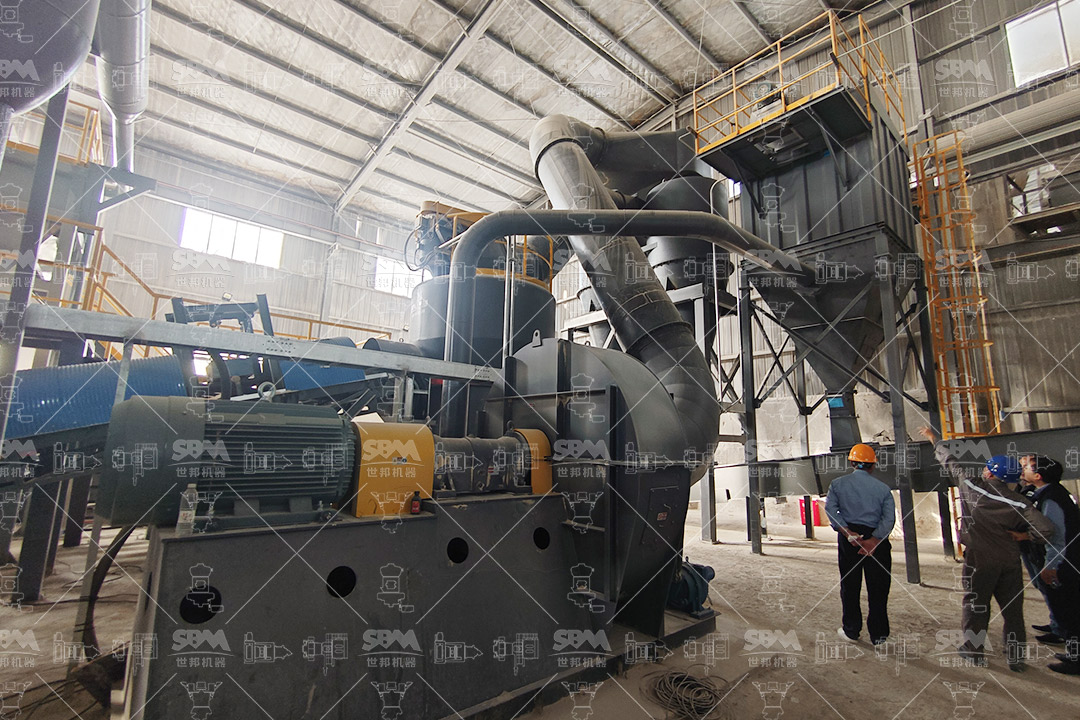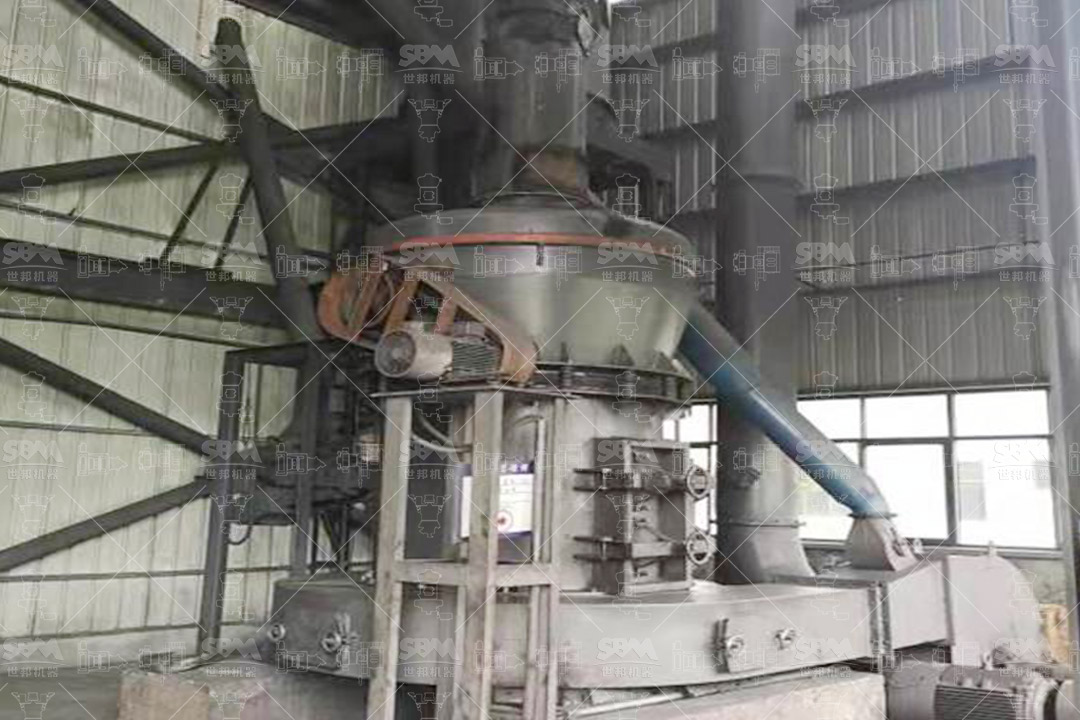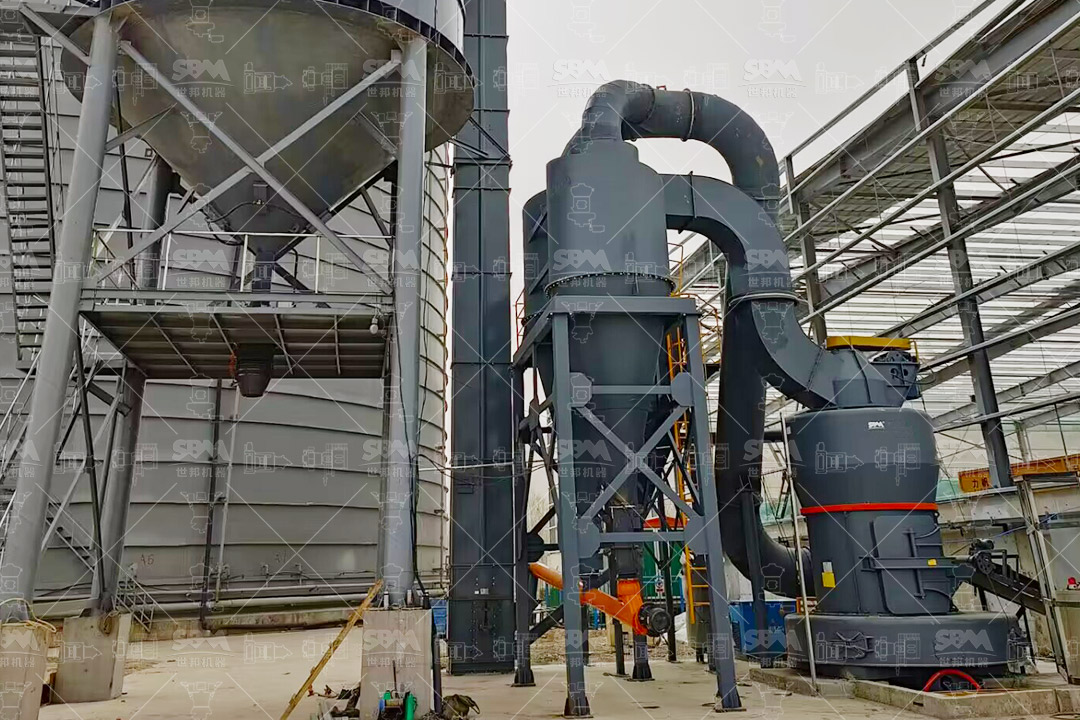In today’s industrial landscape, environmental sustainability has transitioned from a secondary consideration to a primary operational requirement. The mineral processing and powder production industries face increasing pressure to reduce their environmental footprint while maintaining economic viability. Grinding operations, being among the most energy-intensive processes in industrial manufacturing, present significant opportunities for environmental improvement. The selection of appropriate grinding equipment directly impacts energy consumption, emissions control, noise pollution, and resource utilization efficiency.
Modern grinding technology has evolved to address these challenges through innovative engineering solutions that optimize energy efficiency, minimize waste generation, and reduce operational emissions. This article examines how strategic equipment selection can transform grinding operations from environmental liabilities to models of sustainable industrial practice.

Energy consumption represents the most significant environmental impact of grinding operations, with comminution processes accounting for approximately 3-4% of global electrical energy consumption. Traditional grinding technologies often operate with energy conversion efficiencies below 1%, meaning that over 99% of input energy is dissipated as heat rather than utilized for particle size reduction.
Advanced grinding mills address this inefficiency through multiple technological innovations:
Modern grinding equipment incorporates sophisticated control systems that continuously monitor and adjust operational parameters to maintain optimal efficiency. These systems automatically compensate for wear, material variability, and changing production requirements, ensuring that energy is used only when and where needed.
The fundamental physics of particle breakage has been re-engineered in contemporary mills to maximize the transfer of energy to the material being processed. Technologies like bed compression grinding, centrifugal acceleration, and precision classification significantly reduce the specific energy requirement per ton of product.
| Grinding Technology | Specific Energy Consumption (kWh/t) | Efficiency Improvement vs. Traditional Ball Mills |
|---|---|---|
| Traditional Ball Mill | 25-40 | Baseline |
| Vertical Roller Mill | 15-25 | 30-40% |
| Advanced Ultrafine Mill | 18-30 | 25-35% |
| High-Pressure Grinding Roll | 8-15 | 50-70% |
Particulate emissions represent another critical environmental challenge in grinding operations. Traditional open-circuit systems can lose significant material to the atmosphere, creating both environmental pollution and product loss. Modern grinding mills integrate comprehensive dust collection systems that capture and return valuable product to the process stream while preventing environmental contamination.
The SCM Ultrafine Mill exemplifies this approach with its integrated pulse-jet dust collection system that achieves filtration efficiency exceeding 99.9%. This system not only ensures compliance with the strictest international emission standards but also recovers valuable product that would otherwise be lost. The mill’s negative pressure operation prevents dust leakage throughout the grinding circuit, creating a cleaner working environment and eliminating material waste.
Advanced classification systems in modern mills further contribute to emission reduction by ensuring precise particle size control. This precision eliminates the need for over-grinding to achieve target specifications, reducing both energy consumption and the generation of problematic fine particles that are difficult to contain.

Industrial noise represents an often overlooked but significant environmental impact of grinding operations. Prolonged exposure to high noise levels can cause hearing damage to operators and create community relations issues for facilities located near residential areas. Modern grinding equipment addresses this challenge through comprehensive noise reduction engineering.
The MTW Series Trapezium Mill incorporates multiple noise control technologies, including acoustic insulation enclosures, vibration damping systems, and precision-engineered gear transmissions that operate below 75 dB. This represents a substantial improvement over traditional mills that frequently exceed 90 dB, requiring extensive additional soundproofing measures.
Noise reduction in contemporary grinding equipment is achieved through:
Sustainable grinding extends beyond energy and emissions to encompass the efficient use of all resources, including wear materials, water, and the raw materials being processed. Modern grinding equipment is designed with durability and resource conservation as fundamental principles.
Traditional grinding mills require frequent replacement of wear components, generating significant waste and consuming additional resources for manufacturing replacement parts. Advanced mills address this through specialized materials and innovative designs that dramatically extend service life.
The SCM Ultrafine Mill utilizes specially formulated alloy grinding rollers and rings that provide service life 3-5 times longer than conventional materials. This not only reduces waste generation but also decreases downtime and maintenance resource requirements.
While this article focuses primarily on dry grinding systems, it’s worth noting that many modern mills offer dry processing alternatives to traditional wet grinding, eliminating water consumption and the associated wastewater treatment requirements. This is particularly significant in regions facing water scarcity.
| Environmental Parameter | Traditional Technology | Advanced Grinding Mill | Improvement |
|---|---|---|---|
| Energy Consumption | High (25-40 kWh/t) | Moderate (15-25 kWh/t) | 30-40% reduction |
| Dust Emissions | 20-50 mg/m³ | <10 mg/m³ | 60-80% reduction |
| Noise Level | 85-95 dB | 75-80 dB | 10-15 dB reduction |
| Wear Part Consumption | High | Low | 60-70% reduction |
The SCM Ultrafine Mill represents a comprehensive approach to sustainable grinding design. With an energy consumption profile 30% lower than comparable technologies and integrated environmental controls, this equipment demonstrates how advanced engineering can achieve both operational excellence and environmental responsibility.
Key environmental features of the SCM Ultrafine Mill include:

Environmental sustainability in grinding operations requires equipment that can maintain efficiency across varying production conditions. Modern grinding mills incorporate design features that enable consistent performance despite changes in feed material characteristics, production rates, and product specifications.
The MTW Series Trapezium Mill exemplifies this adaptive capability with features such as:
This operational flexibility prevents efficiency degradation over time and across changing conditions, ensuring that environmental performance remains consistent throughout the equipment lifecycle.
True environmental sustainability requires consideration of the complete lifecycle impact of grinding equipment, from manufacturing through operation to eventual decommissioning. Modern grinding mills are designed with this holistic perspective, incorporating features that minimize impact at every stage.
Key lifecycle considerations include:
Advanced mills utilize modular designs that reduce material requirements during manufacturing and facilitate component replacement rather than complete equipment replacement at end-of-life. Durable construction extends service life, amortizing the initial environmental investment over a longer operational period.
The significant energy savings achieved during operation typically represent the largest environmental benefit, far outweighing the impacts of manufacturing. For example, the energy saved during the first few years of operation of an efficient grinding mill can exceed the total energy required for its manufacture.
Modern grinding equipment is designed for disassembly and recycling, with clearly identified material streams that facilitate resource recovery. Standardized components can often be repurposed for other applications, extending their useful life beyond the original equipment.
The selection of grinding equipment represents a critical decision point for organizations committed to environmental sustainability. Modern grinding technologies like the SCM Ultrafine Mill and MTW Series Trapezium Mill demonstrate that environmental responsibility and operational excellence are not competing objectives but complementary outcomes of advanced engineering.
By prioritizing energy efficiency, emission control, noise reduction, and resource conservation in grinding equipment selection, organizations can achieve significant environmental improvements while simultaneously enhancing economic performance through reduced operating costs and improved product quality.
The transition to sustainable grinding technology represents not merely compliance with environmental regulations but a strategic opportunity to create value through reduced resource consumption, improved community relations, and enhanced operational resilience. As grinding technology continues to evolve, the integration of environmental performance as a fundamental design criterion will undoubtedly yield even greater sustainability benefits in the years ahead.